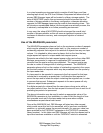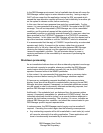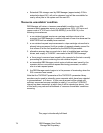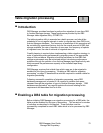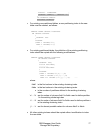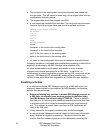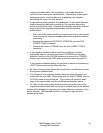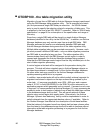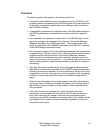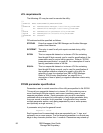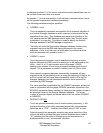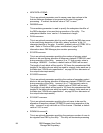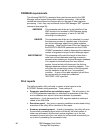DB2 Manager User Guide 79
StorageTek Proprietary
migration-enabled table – the last partition in this table should be
removed when creating the disabled table. Alternatively, if the original
tablespace used to hold the table prior to enabling it for migration
processing still exists, this may be used.
• A new table must be created in this tablespace. If the original definition
used to create the table prior to enabling it for migration processing
exists, this should be used. Otherwise the definition should be an exact
copy of that for the migration-enabled table, with the following
modifications:
o The name of the table should be the name given to the view created
for accessing the migration-enabled table during migration enabling
processing.
o Remove the statement ‘EDITPROC OTDBP300’ from the SQL
CREATE TABLE command.
o Remove the column ‘OTDBIND’ from the SQL CREATE TABLE
command.
•
If the migration-disabled table is partitioned, modify the existing
partitioning index by removing the column OTDBIND from the index
definition, modifying the VALUES statement to remove the OTDBIND
entries, and removing the PART entry for the last (removed) partition.
If the migration-disabled table is not partitioned, remove the partitioning
(PART) statements from the index definition.
• All other existing indexes should be copied without modification to index
the migration-disabled table.
• The contents of the migration-enabled table should be unloaded, and
loaded into the new table. Remove the entry for field OTDBIND from the
SYSIN file used for the re-load job. This process will create an exact
copy of the original table, with the modifications described above.
• All views on the existing table (other than that having the name of the
migration-disabled table itself) should be re-created as originally defined.
A table will be disabled for migration processing following completion of the
above activities. DB2 Manager will then no longer be required when
accessing the table.



